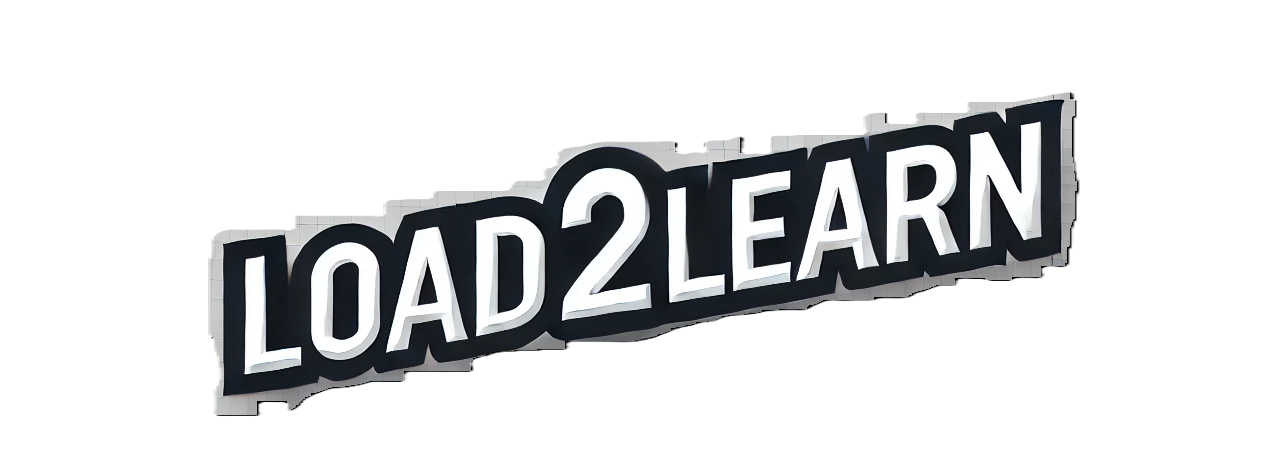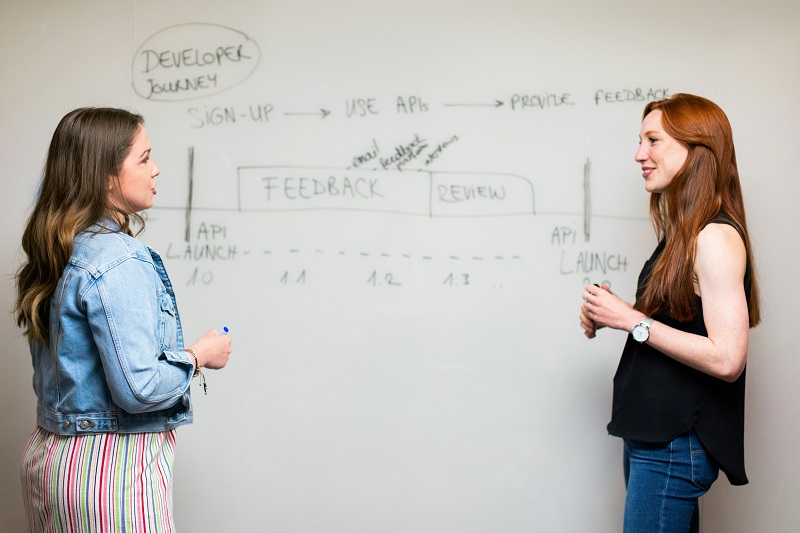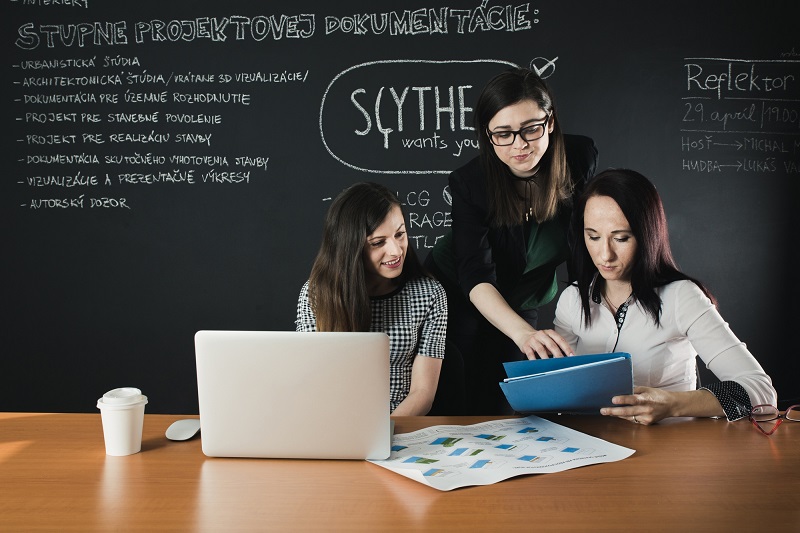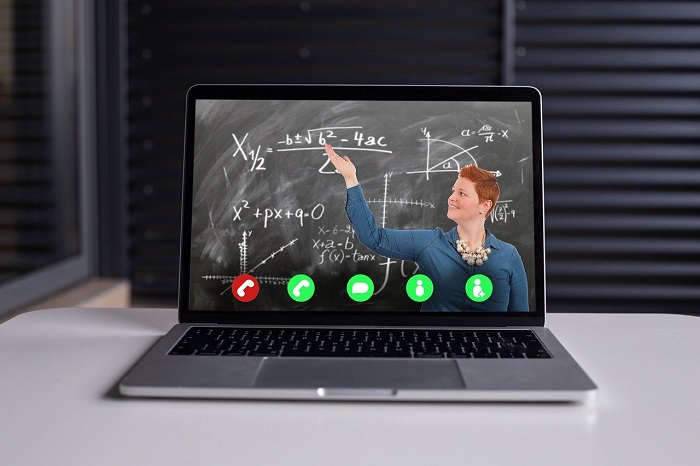Educational resources have undergone significant transformation over the years, shifting from traditional textbooks and chalkboards to dynamic digital tools. This evolution has been driven by the need to make learning more engaging and accessible for students of all ages. Interactive resources, such as online quizzes, virtual simulations, and multimedia presentations, have replaced static materials, offering a more immersive learning experience.
These tools cater to different learning styles, ensuring that every student can benefit from the material in a way that suits them best. As neurodivergence and special learning needs become more prominent in the classroom, these digital tools can benefit both teachers and students to ensure no one is left behind and everyone can contribute to the lesson.
The integration of technology in education has also allowed for real-time feedback and personalised learning experiences. Teachers can now track student progress more efficiently and tailor their instruction to meet individual needs. Interactive whiteboards, tablets, and educational apps have become common in classrooms, facilitating a more collaborative and interactive learning environment. These resources have the power to bring education firmly into the 21st century, and beyond.
How Digital Resources Enhance Classroom Engagement
Digital resources have revolutionised the way students engage with learning materials. Interactive tools such as educational apps, online quizzes, and multimedia presentations capture students’ attention more effectively than traditional methods. These resources cater to various learning styles, ensuring that visual, auditory, and kinesthetic learners all have access to materials that resonate with them. By incorporating videos, animations, and interactive simulations, educators can create a more dynamic and stimulating learning environment.
The use of digital resources also facilitates active learning, where students participate in the learning process through interactive tasks and collaborative activities. Taking this approach encourages critical thinking, problem-solving, and deeper understanding of the subject matter. Tools such as virtual labs and interactive whiteboards allow students to experiment and explore concepts in a hands-on manner, making learning more engaging and enjoyable. As a result, students are more likely to retain information and develop a genuine interest in the subjects they study.
Integrating Technology into Lesson Plans
Incorporating technology into lesson plans can enhance the effectiveness of teaching and improve student outcomes. Teachers can use a variety of digital tools to create more interactive and engaging lessons. Integrating multimedia elements such as videos, audio clips, and interactive graphics can help explain complex concepts in a more accessible way. Online platforms and educational software also provide opportunities for students to collaborate on projects, share ideas, and receive immediate feedback on their work.
Technology integration in lesson plans also allows for personalised learning experiences. By utilising adaptive learning software, teachers can tailor lessons to meet the individual needs of each student. This approach ensures that students who require additional support receive the help they need, while those who excel can be challenged with more advanced materials. Digital assessments and tracking tools enable teachers to monitor student progress in real-time, making it easier to identify areas where students may be struggling and adjust instruction accordingly. This personalised approach fosters a more inclusive and effective learning environment.
The Top Interactive Tools for Modern Classrooms
Modern classrooms are equipped with a wide range of interactive tools that make learning more engaging and effective. Interactive whiteboards have become a staple in many classrooms, allowing teachers to display multimedia content, annotate lessons in real-time, and engage students in collaborative activities. Tablets and laptops provide students with access to educational apps and online resources, enabling them to explore topics in greater depth and at their own pace.
Flipbooks are particularly useful for creating dynamic and interactive content. These digital publications can incorporate text, images, videos, and links, making them an excellent tool for both teaching and learning. Teachers can create customised flipbooks for their lessons, providing students with a comprehensive and interactive resource. Students, on the other hand, can use these platforms to create their own flipbooks for projects and presentations, enhancing their digital literacy and creativity. Adding these tools to their educational arsenal helps teachers to provide a more engaging and effective learning experience for their students.
Creating Engaging Lessons with Digital Publications
This involves incorporating various multimedia elements to make learning more interactive and enjoyable. Teachers can use digital publications to combine text, images, videos, and interactive quizzes into a single resource. This multimedia approach caters to different learning styles, helping students better understand and retain information. A digital publication on a historical event can include video clips of documentaries, interactive timelines, and primary source documents, offering a comprehensive learning experience.
Teachers can also personalise digital publications to meet the specific needs of their students. By integrating interactive elements such as quizzes and polls, educators can gauge student understanding in real-time and adjust their instruction accordingly. Digital publications can be easily updated with new information or resources, ensuring that the content remains current and relevant. This flexibility makes digital publications an invaluable tool in the modern classroom, enhancing both teaching and learning experiences.
Improving Student Outcomes with Interactive Content
Interactive content plays a crucial role in improving student outcomes by actively involving them in the learning process. Rather than passively consuming information, students engage with the material through activities that promote critical thinking and problem-solving skills. Interactive content such as simulations, virtual labs, and educational games allows students to apply their knowledge in practical scenarios, reinforcing their understanding of key concepts.
This type of content also supports differentiated instruction, enabling teachers to tailor activities to suit different learning abilities and preferences. For example, advanced students can tackle more challenging simulations, while those needing extra help can access additional practice exercises. The use of interactive content also facilitates immediate feedback, helping students identify areas for improvement and track their progress over time. By making learning more engaging and personalised, interactive content helps students achieve better academic outcomes.
Interactive Learning Tools Support Diverse Learning Styles
The different digital tools available to teachers all provide an opportunity to engage with students with diverse learning styles, helping everyone in class benefit. Visual learners, for example, can engage with videos, infographics, and animations that make complex concepts easier to understand. Auditory learners benefit from podcasts, audio recordings, and interactive discussions that allow them to absorb information through listening. These tools make the learning experience more inclusive and effective by catering to individual preferences.
Kinesthetic learners, who learn best through hands-on activities, can take advantage of virtual labs, simulations, and interactive exercises that provide practical experience. These tools allow students to experiment and learn by doing, which reinforces their understanding of the subject matter. Digital tools often include features such as quizzes and instant feedback, enabling students to assess their knowledge and identify areas that need improvement. By supporting diverse learning styles, interactive tools create a more dynamic and personalised educational environment, leading to better student engagement and outcomes.
Both teachers and students benefit from using digital tools and publications in the classroom. They create more time for learning by streamlining the distribution and accessibility of resources. Students with diverse learning styles find ways to engage with content that cannot be found in textbooks and chalkboards. Interactive learning resources are a smart tech addition to every subject, boosting results and making learning fun for everyone.


















Leave a Reply